
Live-Action Legend of Zelda: How Iconic Gaming Characters Should Look Like
As the countdown to the release of The Legend of Zelda live-action film intensifies, fans are eagerly awaiting the cinematic debut of their favorite characters.
They are also reflecting on their remarkable journey over time! With this in mind, the experts at gaming magazine Gamerbrain have used Midjourney AI to simulate the aging of Link, Zelda, and many other iconic video game characters to see what these legendary characters might look like in the present day if they had aged from their first video game appearance!
Looking at what Zelda and Link would actually look like now though, they might need to consider re-casting...
Link
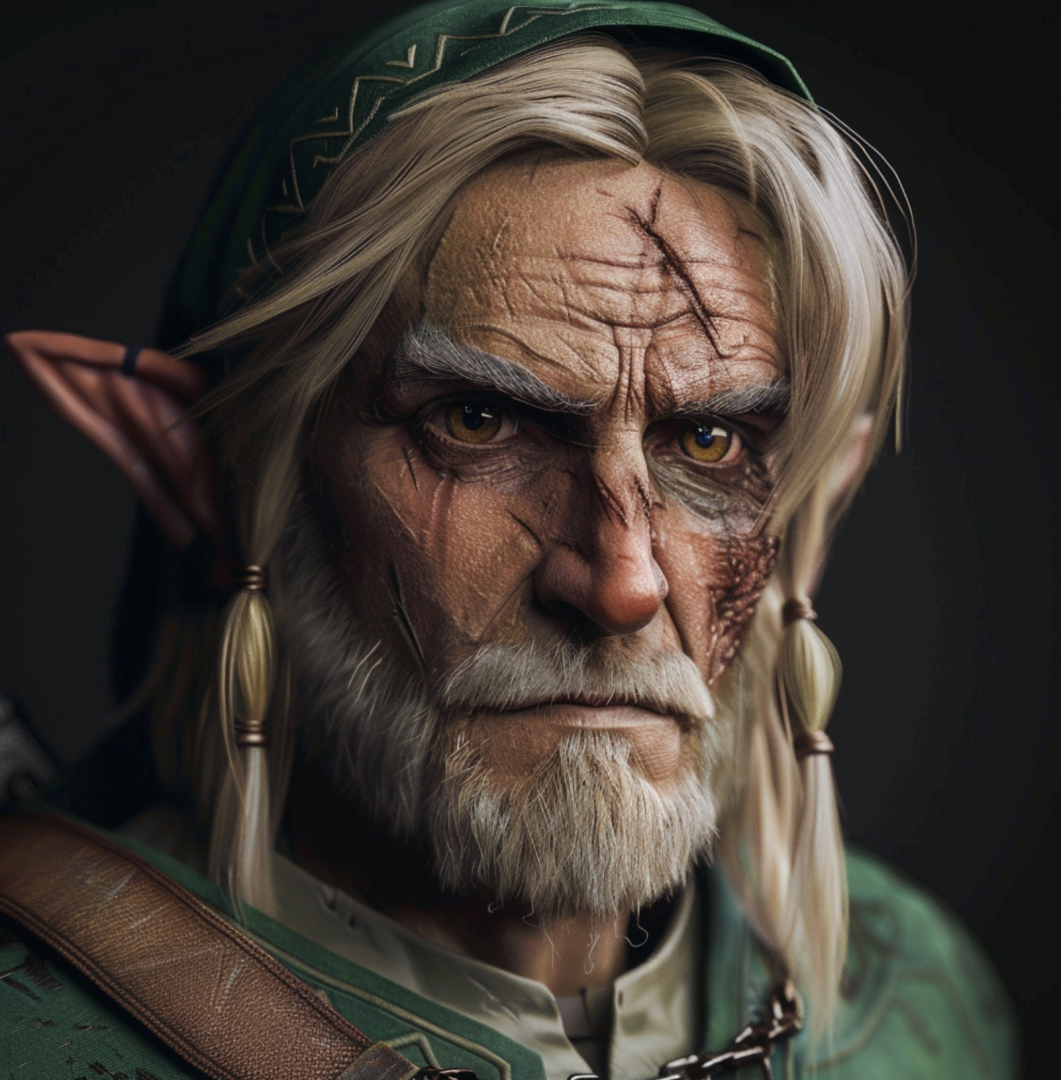
Link first appeared as the main character in The Legend of Zelda (1986) for the NES (Nintendo Entertainment System), which turned out to be one of Nintendo's most successful video game franchises.
Link is left-handed in most of the Legend of Zelda games, which was a design choice to accommodate the right-handed player controlling him.
Princess Zelda
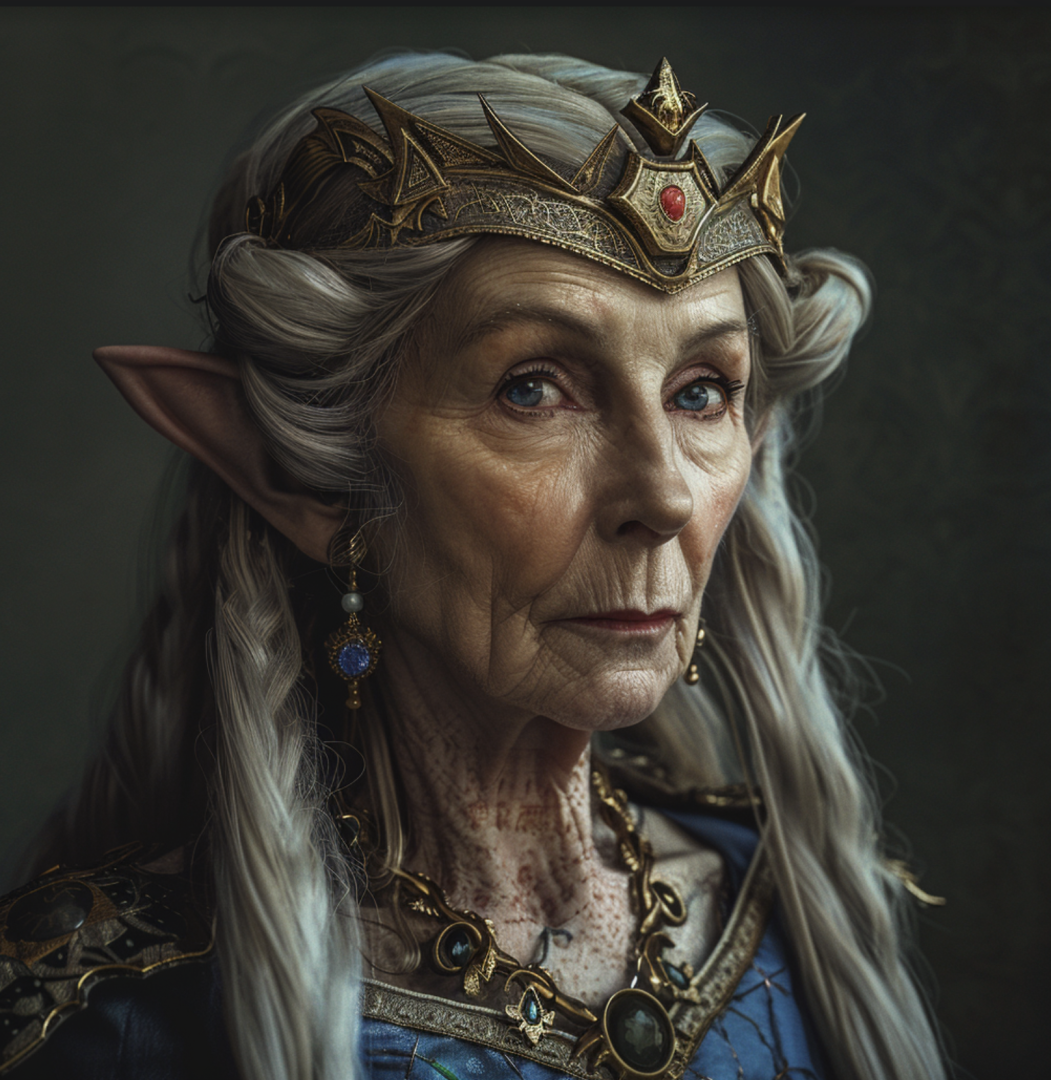
Princess Zelda also made her initial appearance in The Legend of Zelda (1986) for the NES.
Princess Zelda isn’t your run-of-the-mill princess and is able to harness the powers of telepathy and teleportation, among others.
Pac-Man
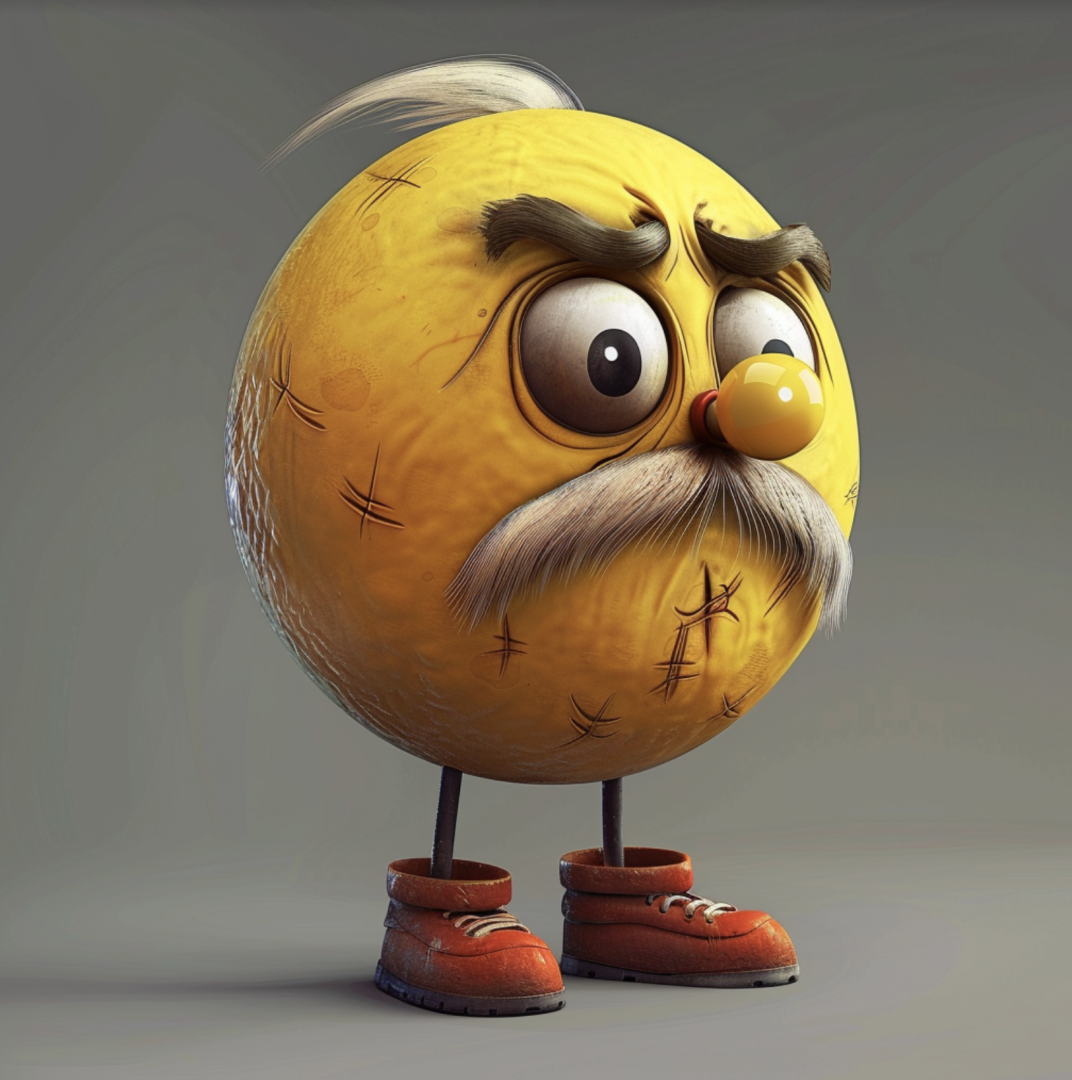
Pac-Man was originally called "Puck-Man," but the name was changed to avoid confusion with a popular British curse word.
Pac-Man made his first-ever video game appearance in Pac-Man (1980), initially released in arcades.
Mario
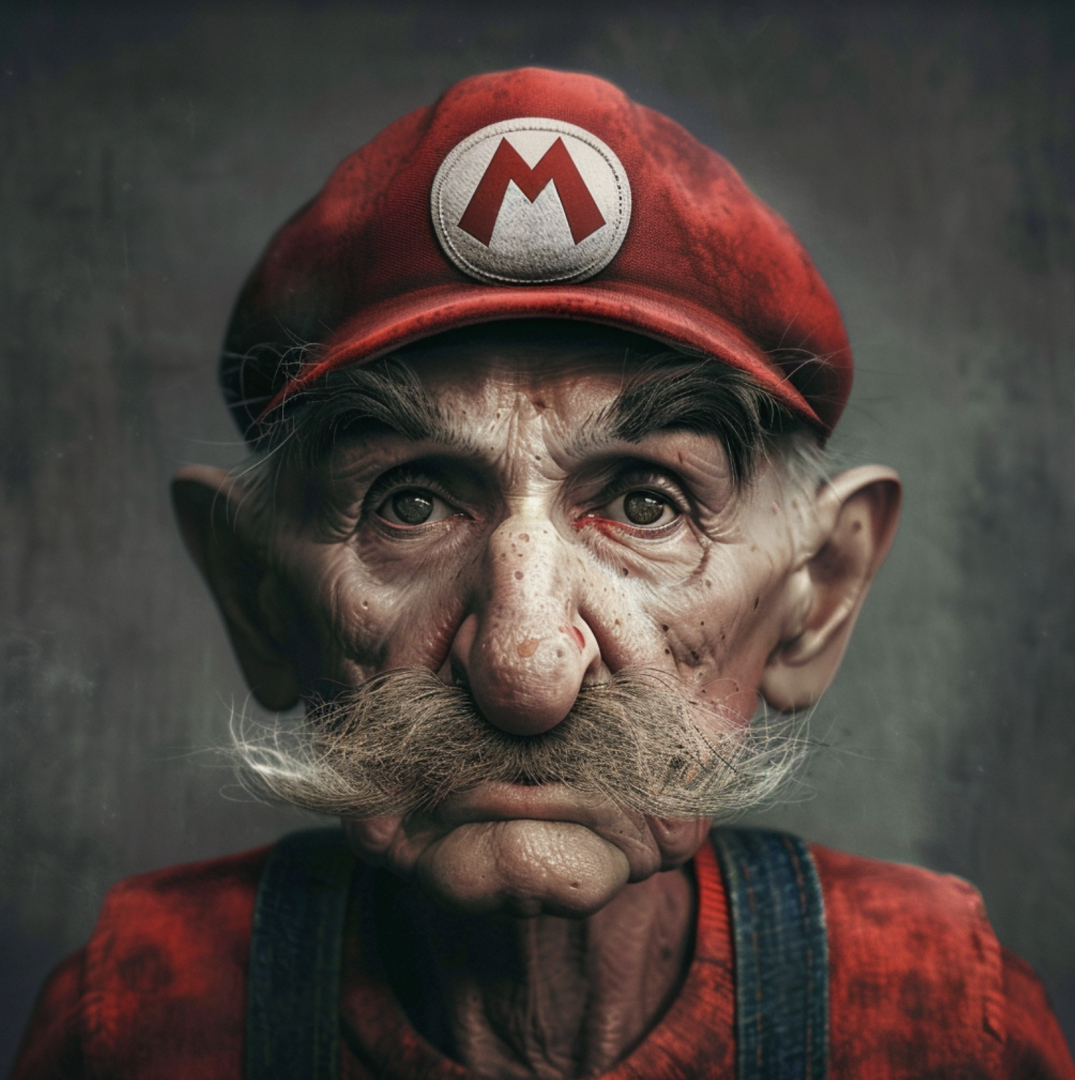
Mario first appeared in the arcade classic Donkey Kong (1981), where it became the highest-grossing game of 1981 and 1982.
Despite being Italian, Mario's voice has only been spoken in English and Japanese in the official games.
Donkey Kong
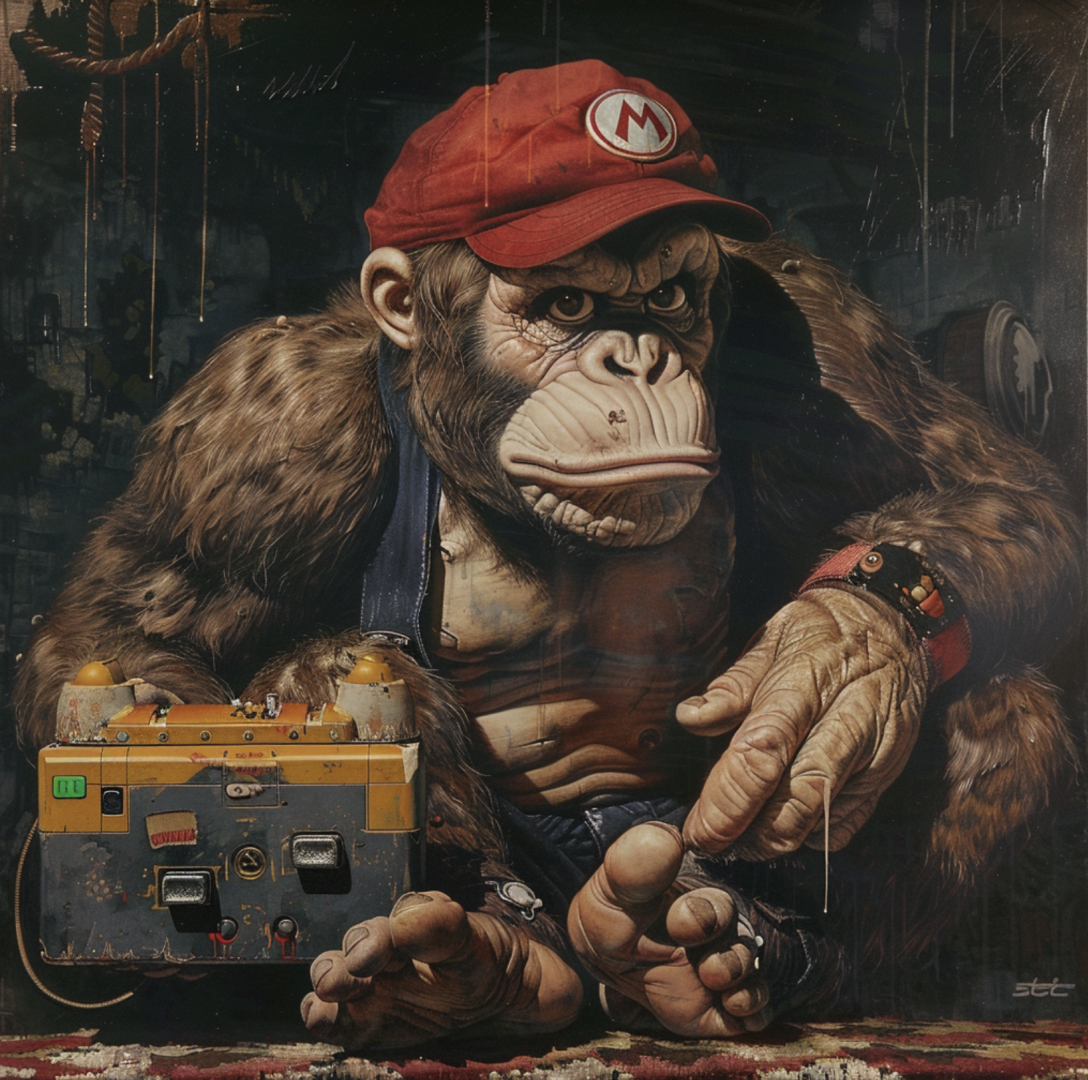
Although not turning out to be quite as commercially successful as Mario, Donkey Kong also made his video game debut in Donkey Kong (1981).
Donkey Kong was not originally intended to be the villain of the game; instead, he was only supposed to be the main character's pet.
Princess Peach
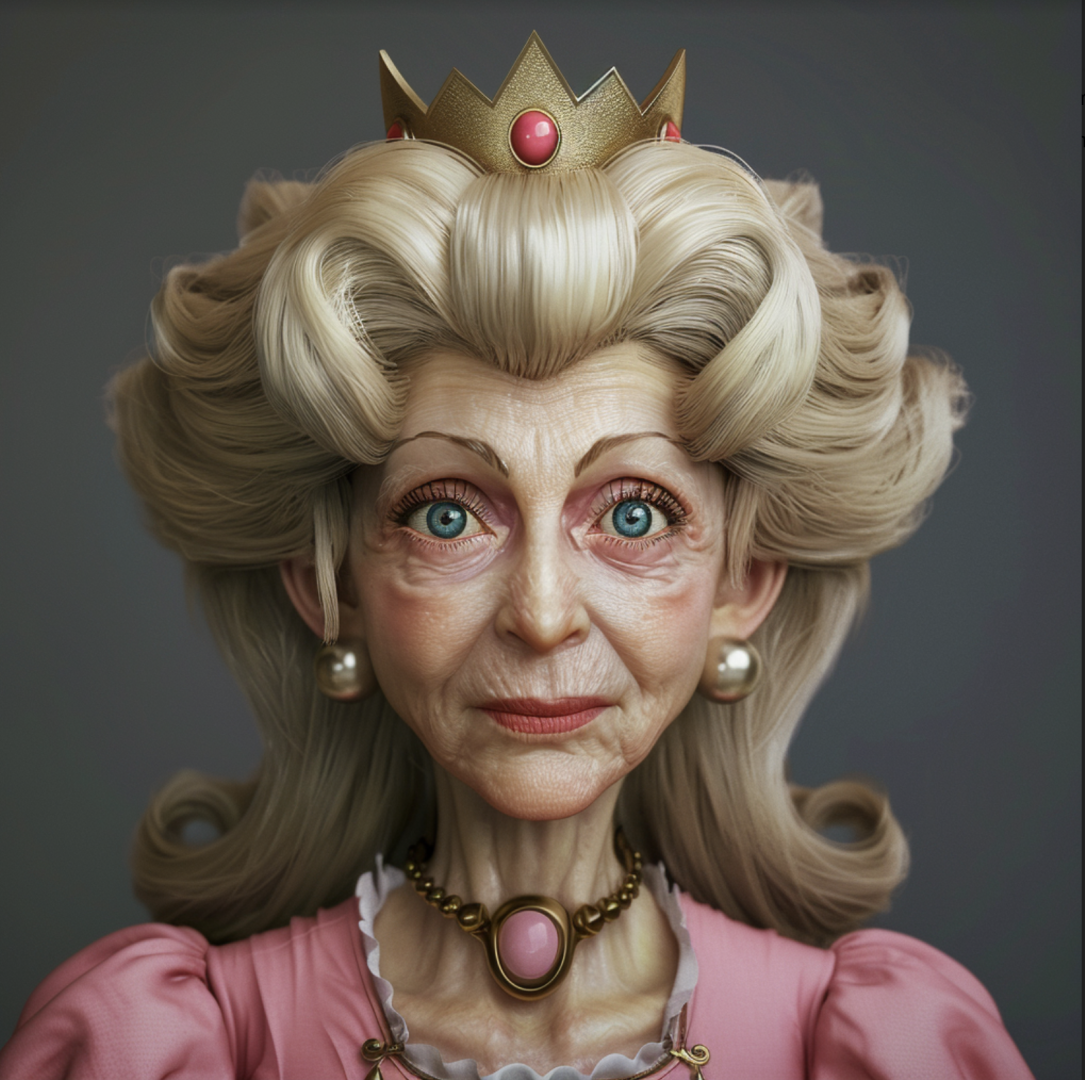
Princess Peach made her video game debut in Mario Bros. (1985), which was first released in arcades.
Princess Peach has been kidnapped no less than 15 times throughout the Mario series!
Samus Aran
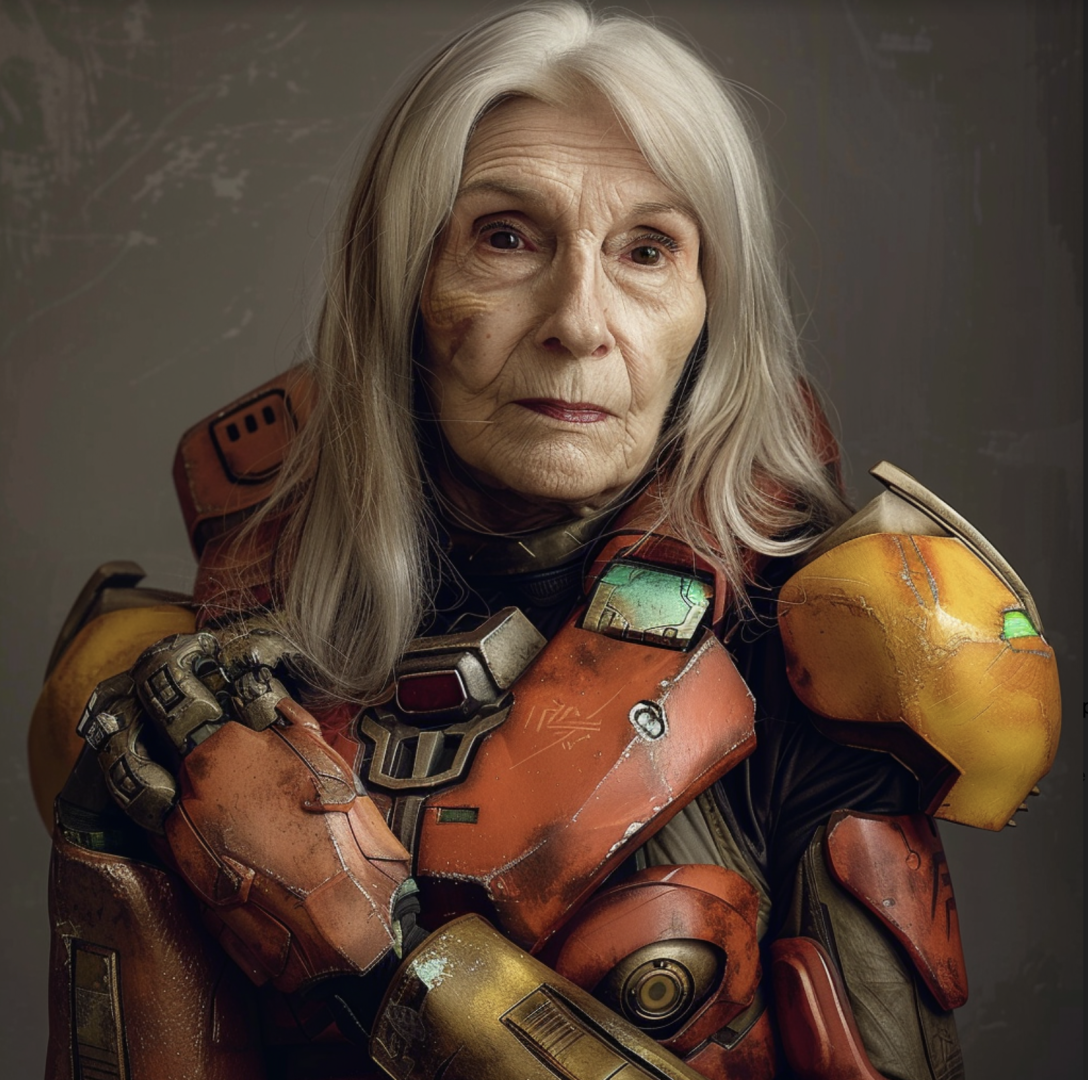
Samus Aran made her video game debut in Metroid (1986), which was released on the Nintendo Famicom in Japan and a year later in North America on the NES.
Samus was initially intended to be a male character, but the developers decided to reveal her as a woman at the end of the game to surprise players.
Ryu
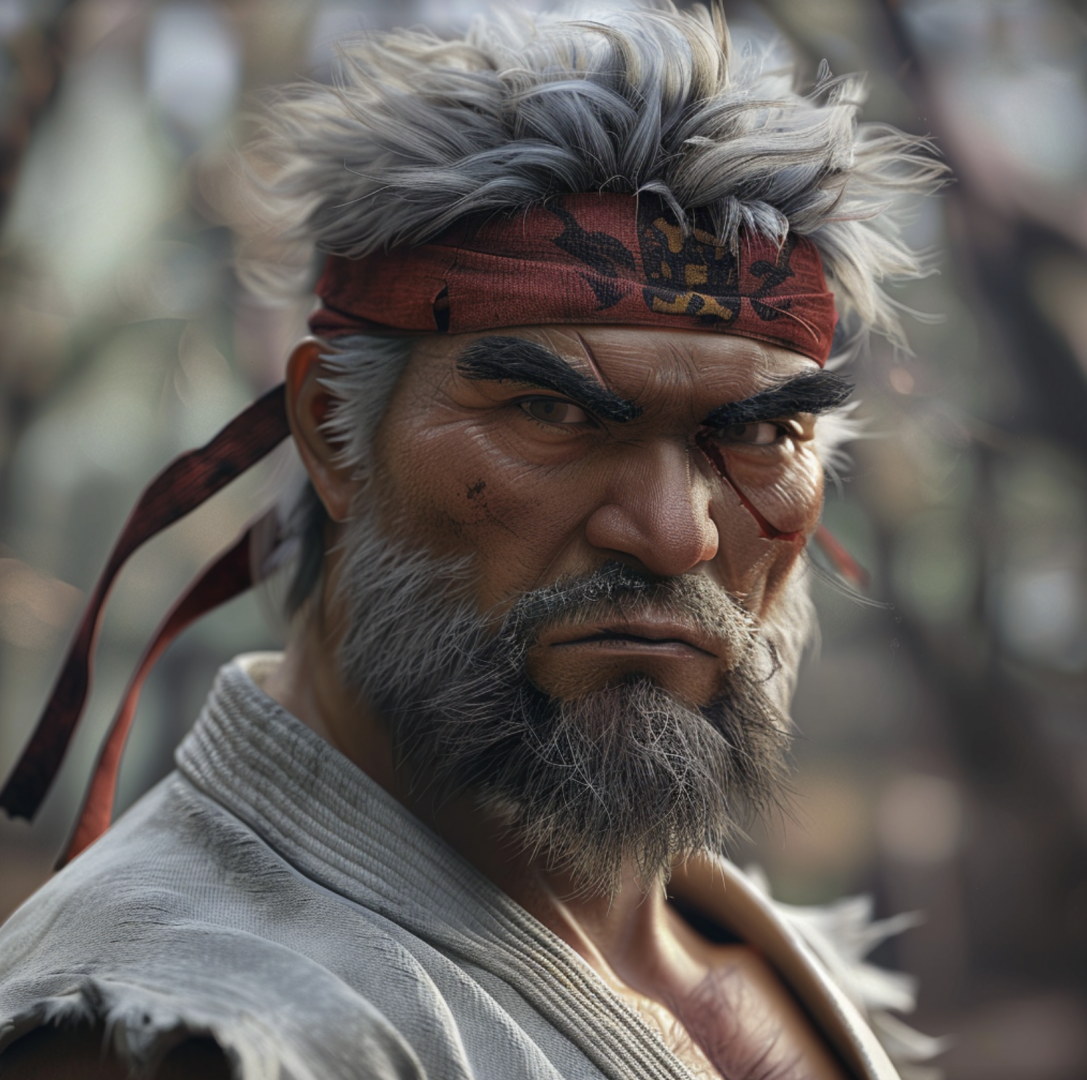
Ryu first appeared in the arcade classic Street Fighter (1987).
Ryu’s signature move, the ‘Hadouken,’ is translated as ‘wave motion fist;’ it is inspired by the move ‘wave motion gun’ from the anime series Space Battleship Yamato.
Solid Snake
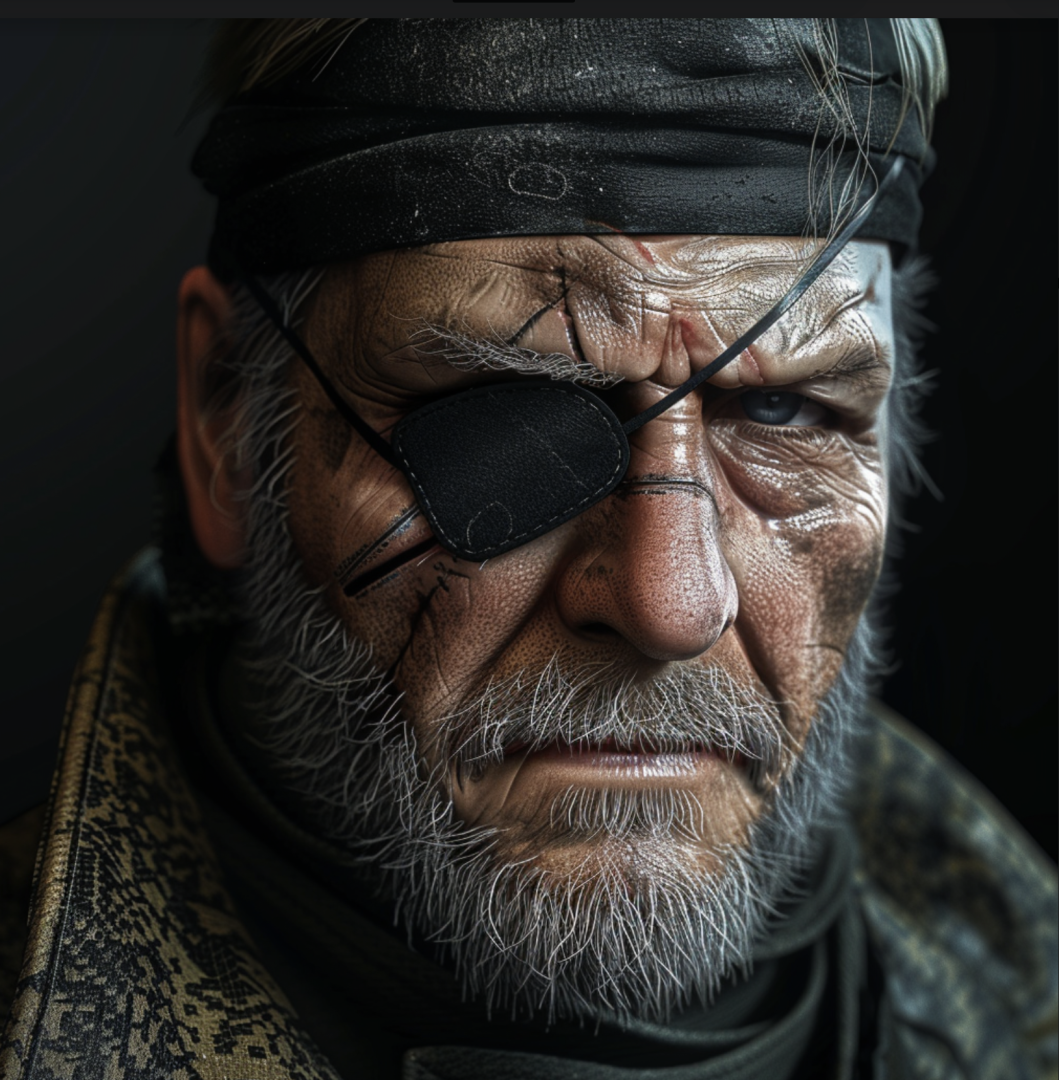
Solid Snake first appeared in Metal Gear (1987) for the MSX Home Computer.
Snake's iconic cardboard box disguise was inspired by a real-life smuggling tactic used in Japan.
Mega Man
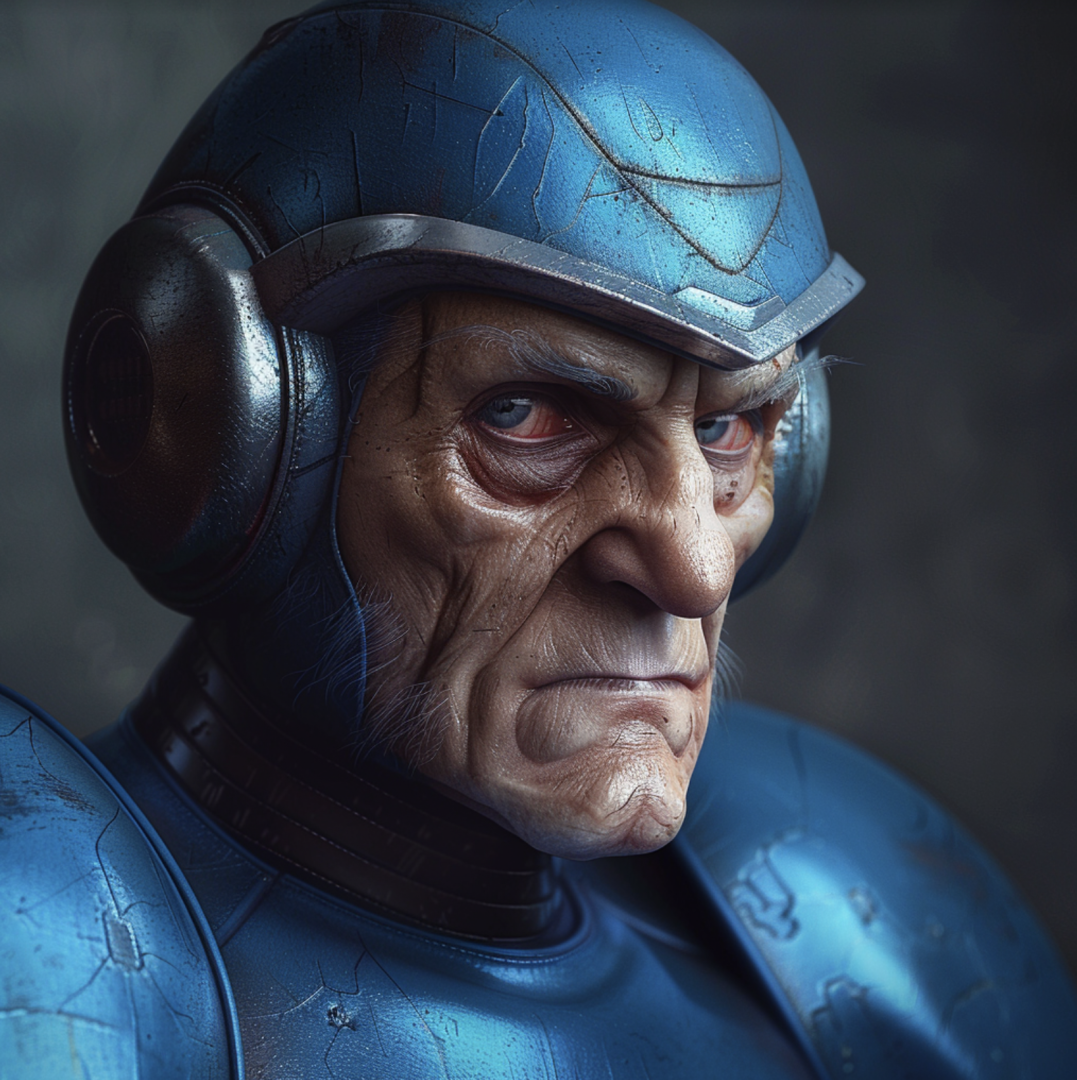
Mega Man first appeared in Mega Man (1987) on the NES.
Mega Man's creator, Keiji Inafune, drew inspiration from his childhood love of Ultraman and Astro Boy when designing the iconic character.
Sonic
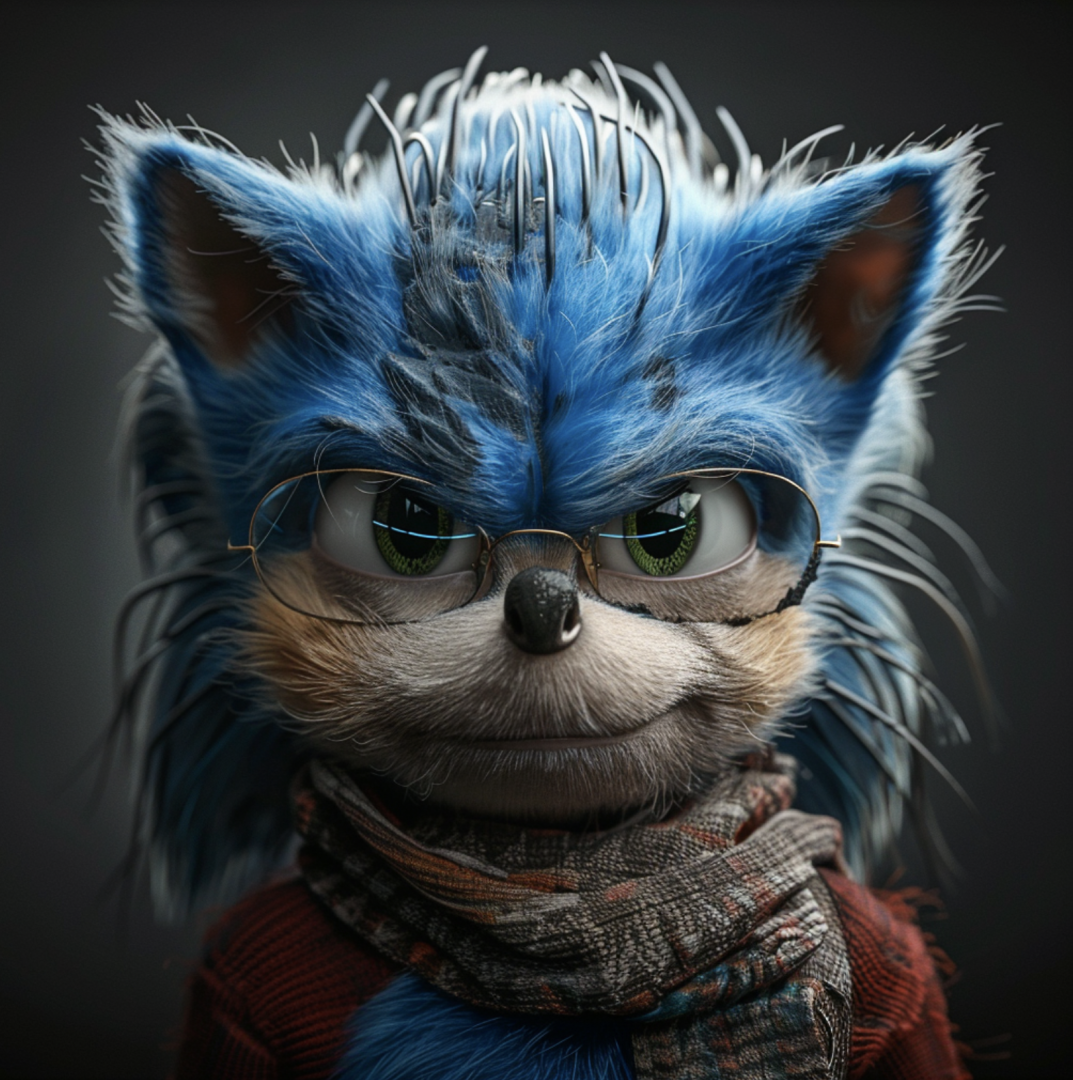
Sonic made his first video game appearance in Sonic the Hedgehog (1991) on the Sega Genesis, which was created to provide Sega with an iconic mascot to compete with Nintendo's Mario.
Sonic was initially conceived as a rabbit or an armadillo before settling on the iconic hedgehog design.
SubZero
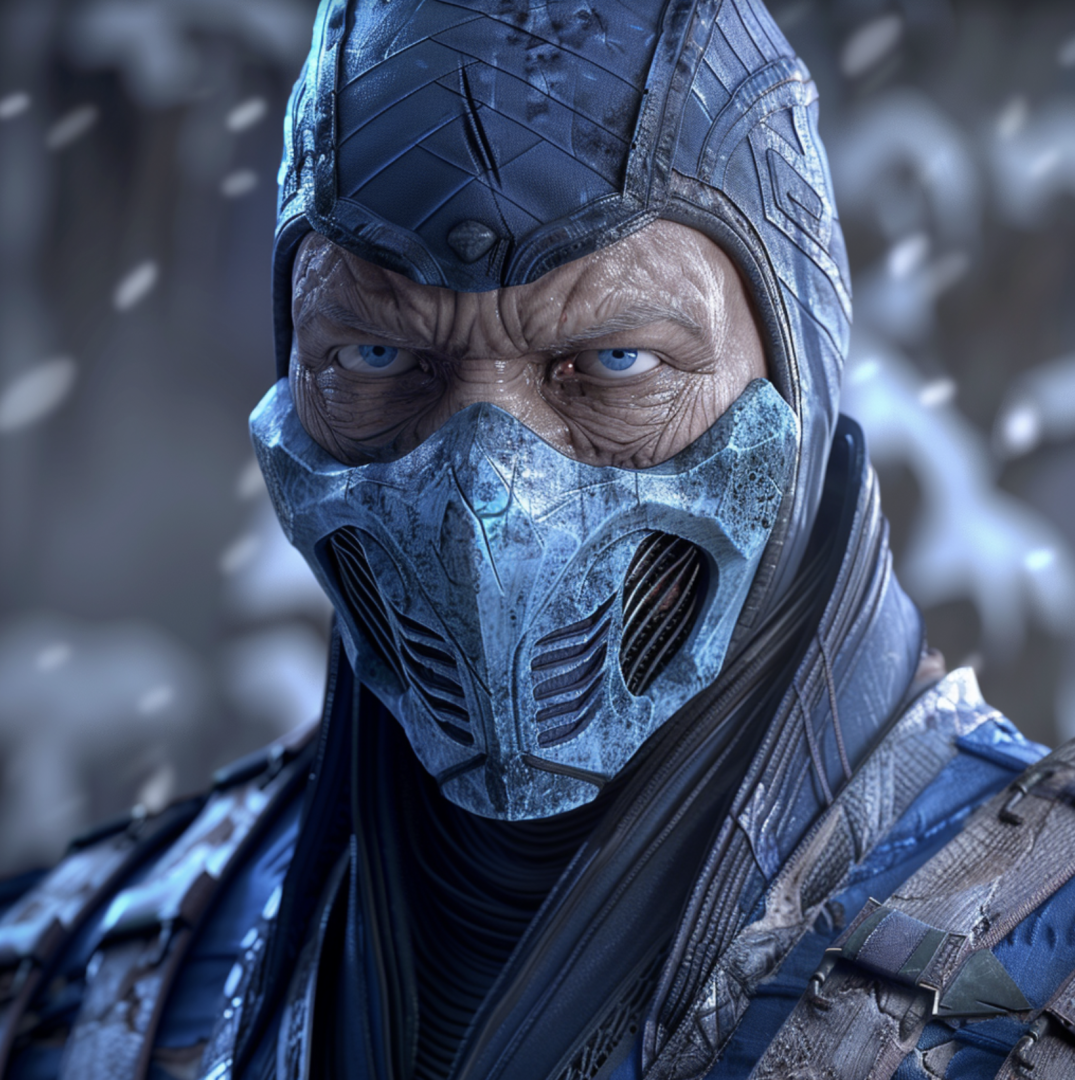
SubZero debuted alongside a roster of fighters in Mortal Kombat (1992), which was first released in arcades.
Sub-Zero's catchphrase, "Get over here!" is actually a line spoken by his rival, Scorpion, in the first Mortal Kombat game.
Lara Croft
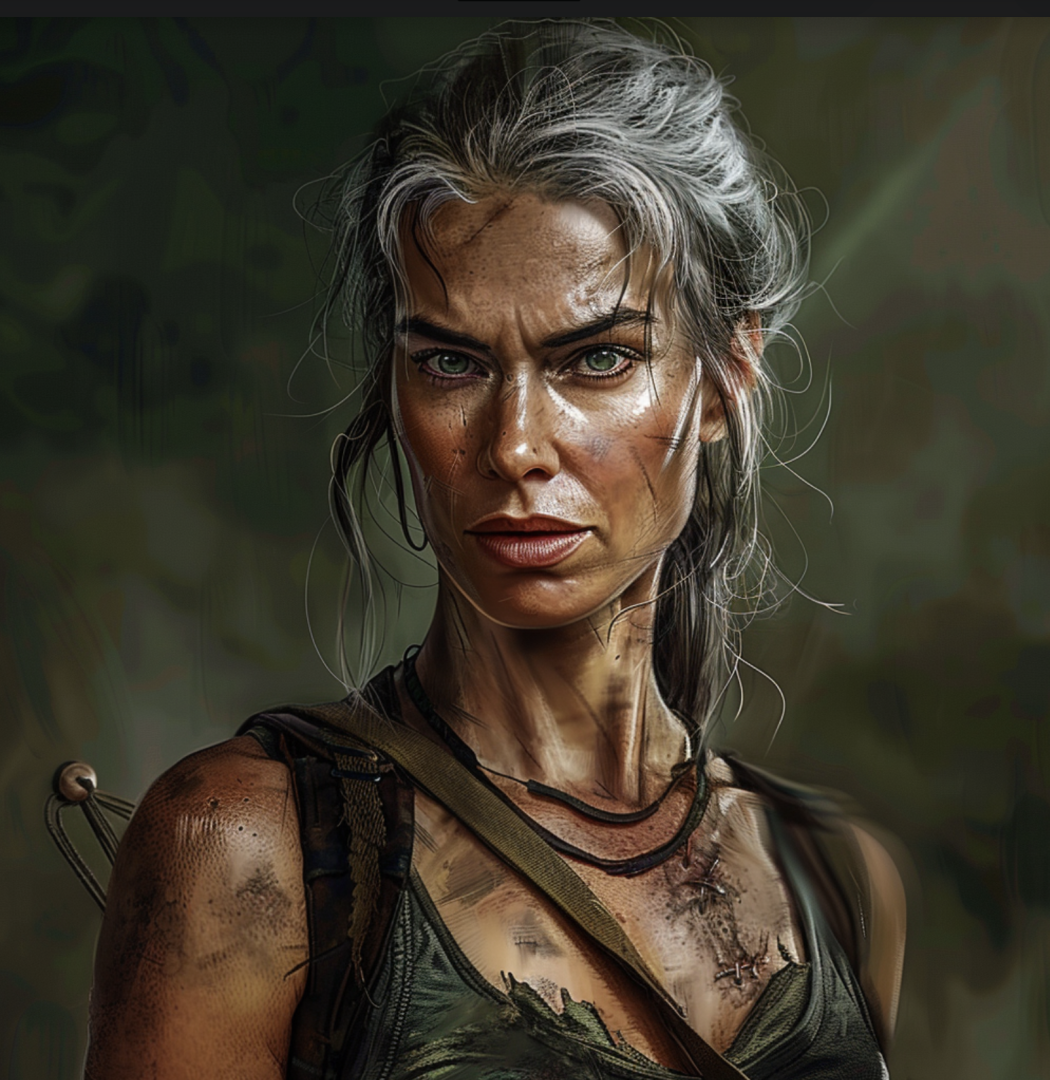
Lara Croft first appeared as the main character in Tomb Raider (1996) for the Sega Saturn.
Lara Croft was initially designed with a more curvaceous figure, but her design was toned down to make her appear more athletic and less sexualized.
Pikachu
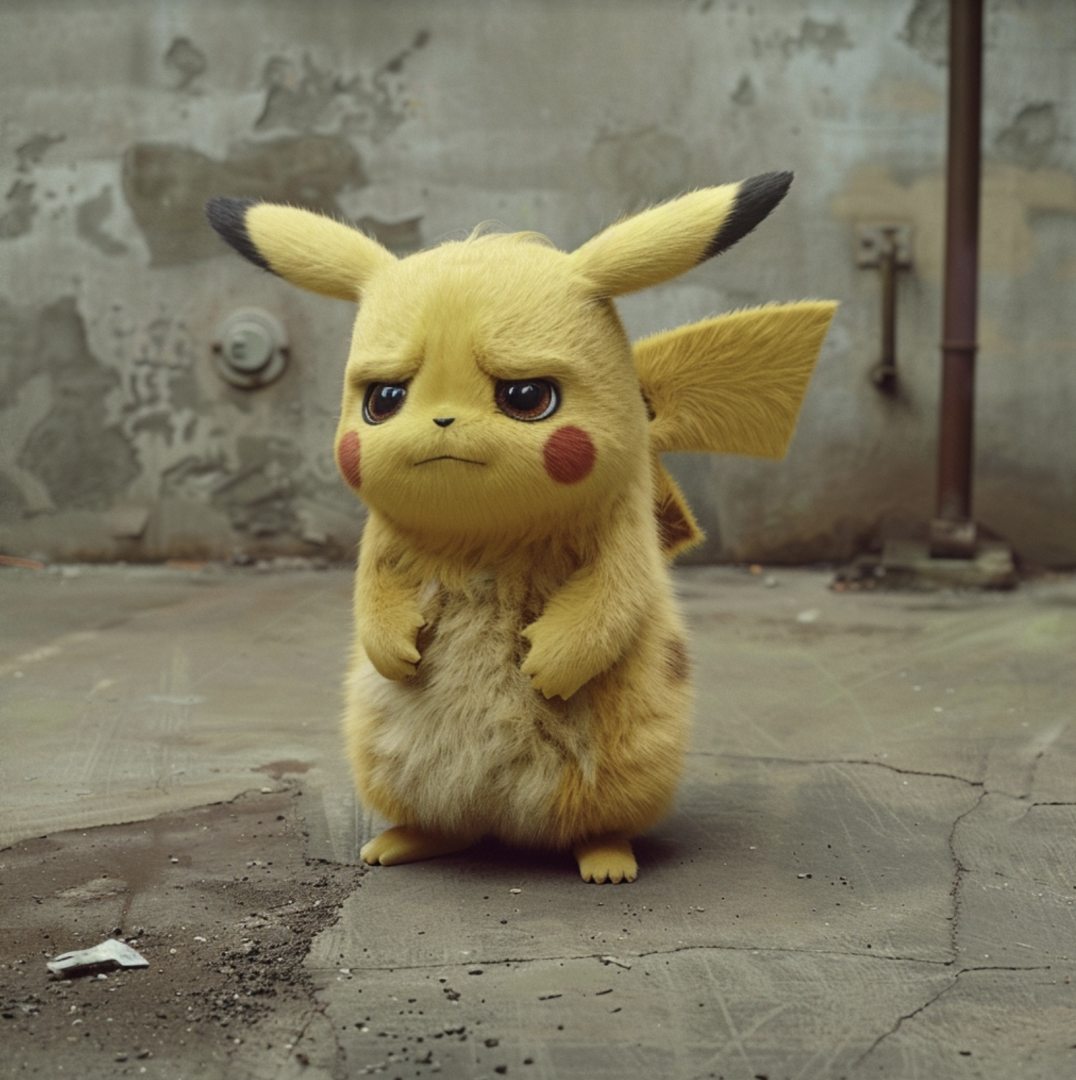
Pikachu first appeared in Pokémon Red & Green (1996) for the Nintendo Gameboy, before becoming one of the series' main characters and a mascot for both Pokémon and Nintendo.
Pikachu's name is a combination of the Japanese onomatopoeia for the sounds of "pika" (sparkling) and "chu" (squeaking).
Crash Bandicoot
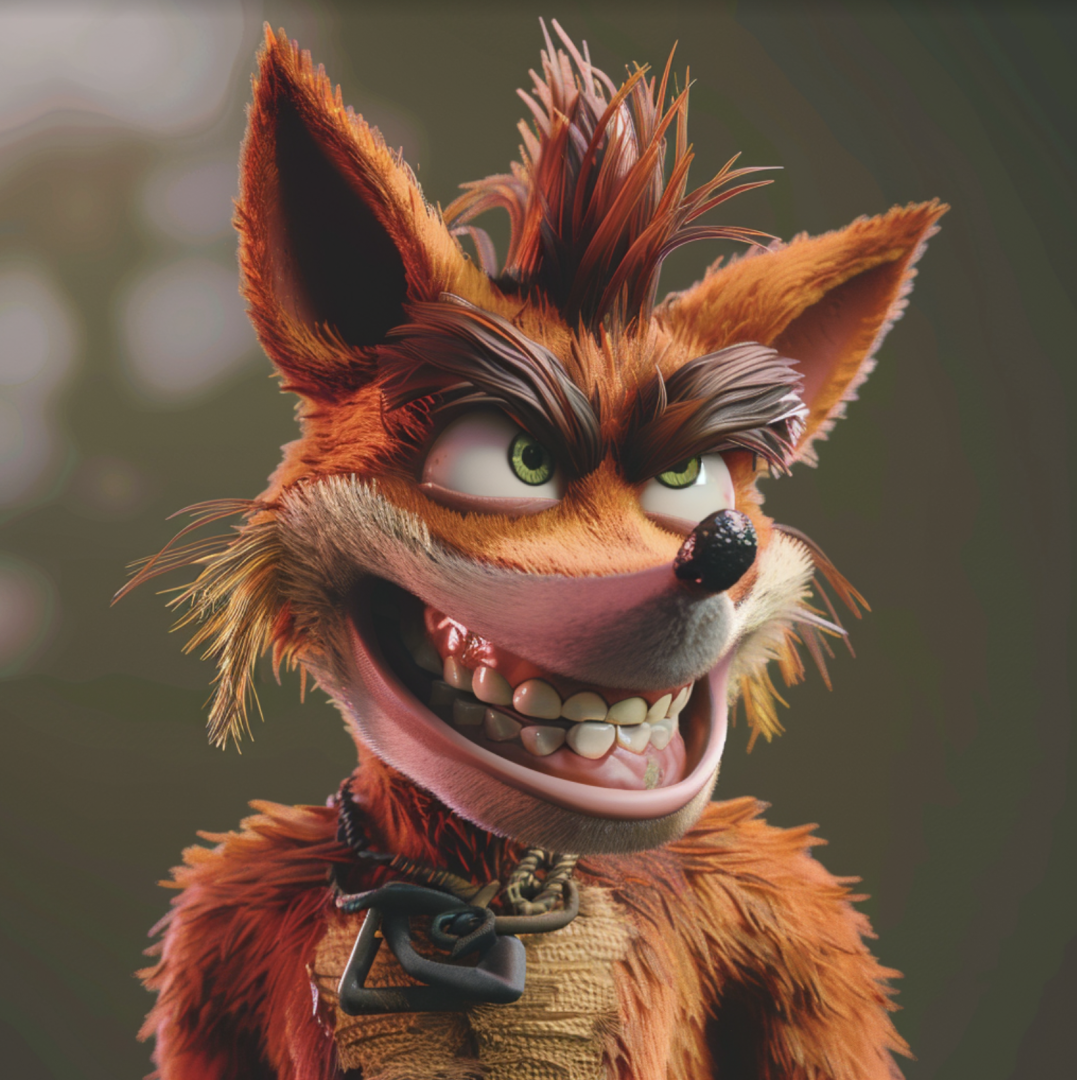
Crash Bandicoot first appeared as the main character in Crash Bandicoot (1996) for the Sony PlayStation and was created to try to become Sony's answer to Nintendo's Mario or Sega's Sonic.
Crash Bandicoot was initially called "Willy the Wombat," but the name was changed to sound more appealing to a North American audience.
Trending
-
1 Jocko Willink's Inspirational Life & Net Worth
Aaqil Ashraf -
2 How Art Shapes Culture and Reflects Human Experience
Luke Fitzpatrick -
3 Meet Felix Williams and Maria Arthuer: The Parents of World Class Winger Nico Williams
Felix Yim -
4 Kai Cenat's Dad and the Enduring Public Interest
Aaqil Ashraf -
5 London Tube Stations Closed as Workers Stage Strikes
Mihir Gadhvi





Comments